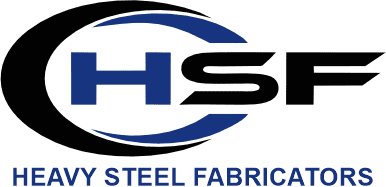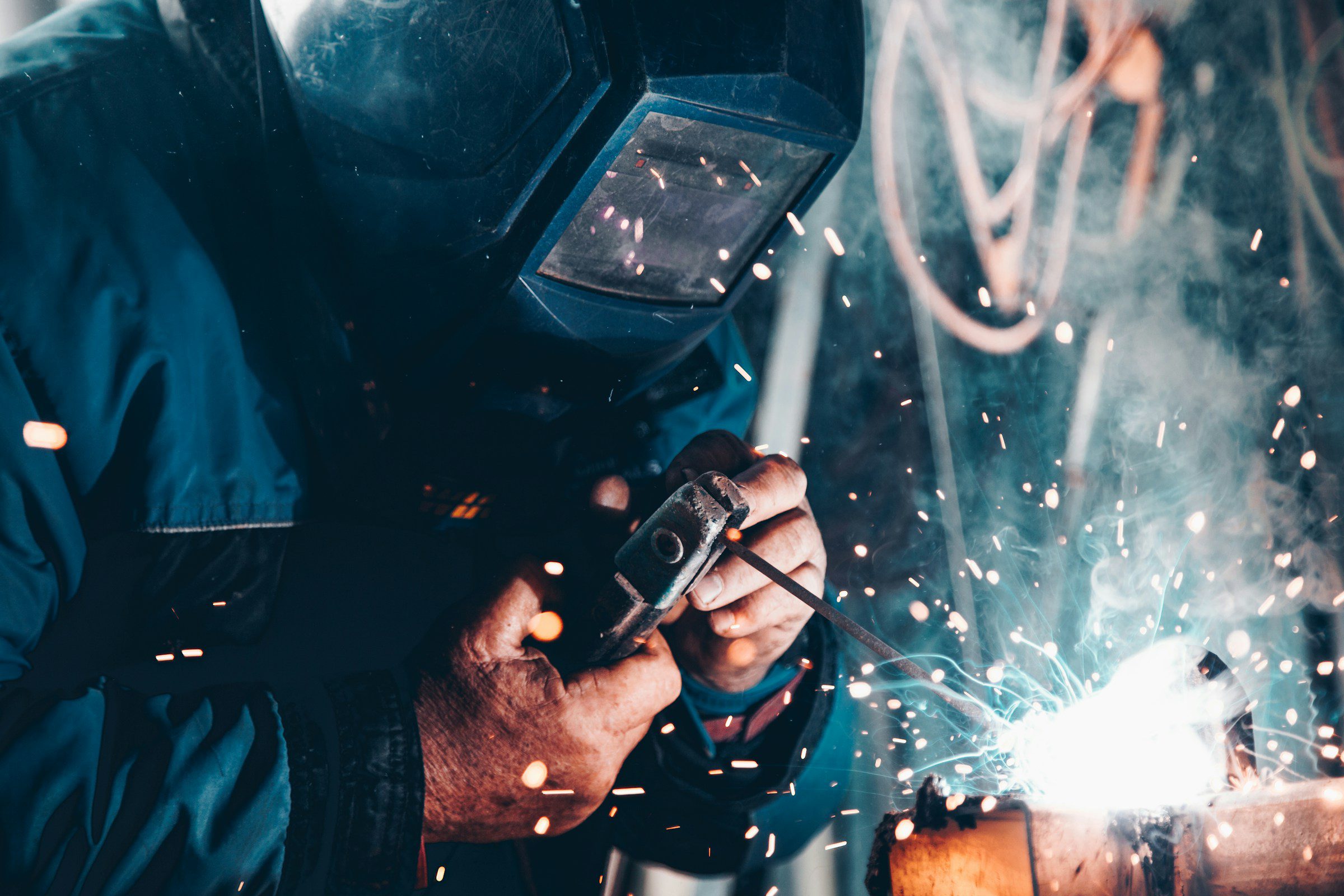Rooted in ancient craftsmanship, welding has evolved into a linchpin of modern civilization. Each innovation, from forge welding to today’s advanced methods, has silently revolutionized the industry, prioritizing practicality and efficiency.
Gas Metal Arc Welding (GMAW)
GMAW, with its solid wire electrode and shielding gas, has proven its versatility and adaptability. Modern power sources have significantly enhanced the technique, leading to cleaner and more controlled welds. Additionally, GMAW boasts a high deposition rate, requires less specialized skill, and can be applied to various metals, making it a mainstay in the metal fabrication industry.
Tungsten Inert Gas (TIG) Welding
Driven by the need for ultimate precision, TIG welding utilizes a non-consumable tungsten electrode. This unique feature grants welders unmatched control over the heat input and weld pool, leading to minimal waste and superior weld quality. Modern advancements in TIG machines further enhance this control, resulting in cleaner and more precise welds. Its ability to handle intricate tasks and weld various metals makes it a preferred choice in industries like aerospace and automotive.
Laser Welding
Thanks to advancements in laser technology, particularly the rise of fiber lasers, welding has entered a new era. Increased power and finer control allow for precise fusion of even thicker materials. Fiber lasers, with their affordability and ease of use, have democratized this technology, making it available to a wider range of businesses. Laser welding offers unmatched speed and precision, making it a versatile tool for both mass production and intricate operations.
Friction Stir Welding (FSW)
Unlike traditional welding, which melts the base materials, friction stir welding (FSW) uses friction to generate heat, resulting in a cleaner and more environmentally friendly process. This unique approach also allows FSW to join materials that are difficult or impossible to weld with other methods. The process creates strong and reliable bonds between dissimilar materials, making it a valuable tool in industries like aerospace, railways, and shipbuilding.
Augmented Reality (AR) Welding Helmets
AR welding helmets are revolutionizing the industry by empowering welders with real-time information and visual guidance. These innovative helmets display critical data like welding parameters, work instructions, and visual cues directly within the welder’s line of sight. This eliminates the need for external monitors or reference materials, enhancing safety, improving accuracy, and reducing the learning curve for new welders.
Advanced Materials and Joining Techniques
The rise of lightweight alloys, composites, and other advanced materials is driving the development of specialized welding techniques. Friction stir welding, electron beam welding, and hybrid processes are just some examples of these innovative solutions. These techniques are specifically designed to join these new materials with the highest levels of reliability, efficiency, and performance, leading to stronger, more durable, and high-performing components for demanding applications across various industries.

